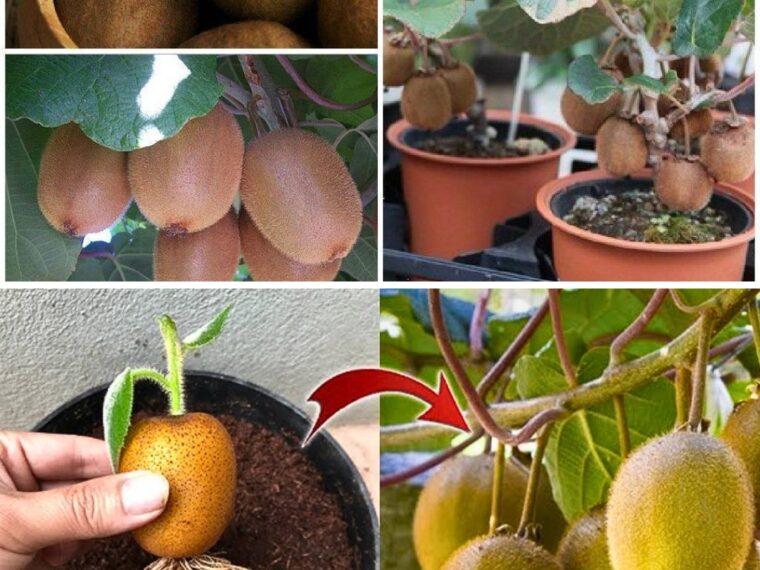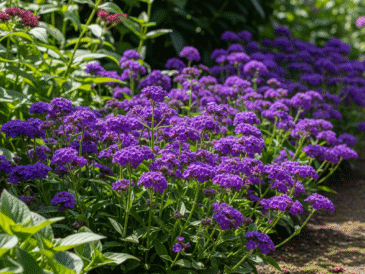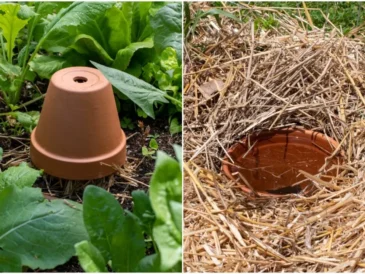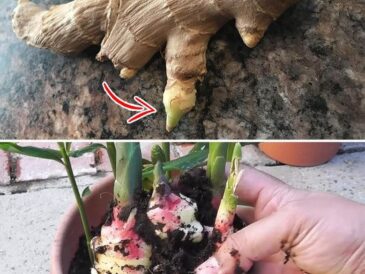Growing your own kiwi at home can be a rewarding experience, especially if you don’t have a garden. Contrary to what many might think, kiwi plants can thrive in pots, allowing you to enjoy these delicious and nutritious fruits even in small spaces like balconies, patios, or even indoors. With the right care, you can successfully cultivate a kiwi plant that produces fruit within a few years. This step-by-step guide will walk you through the process of planting kiwi in a pot, making it easier than you might have imagined.
1. Choosing the Right Kiwi Variety
The first step in growing kiwi in a pot is selecting the appropriate variety. Kiwi plants come in two main types: the common fuzzy kiwi (Actinidia deliciosa) and the hardy kiwi (Actinidia arguta). While both types can be grown in pots, the hardy kiwi is often preferred for container gardening due to its smaller fruit size and more compact growth habit.
- Fuzzy Kiwi (Actinidia deliciosa): Produces the large, brown, fuzzy-skinned kiwis found in grocery stores. Requires both male and female plants for fruiting.
- Hardy Kiwi (Actinidia arguta): Produces smaller, smooth-skinned kiwis that are bite-sized and can be eaten whole. Some varieties are self-pollinating, while others require both male and female plants.
2. Selecting the Right Pot
Kiwi plants have extensive root systems, so it’s important to choose a pot that provides ample space for growth.
- Size: A pot with a minimum diameter of 18-24 inches (45-60 cm) and a depth of at least 18 inches is ideal. Larger pots will encourage better root development and reduce the need for frequent repotting.
- Material: Choose a durable, weather-resistant material such as ceramic, plastic, or wood. Make sure the pot has drainage holes to prevent waterlogging, which can lead to root rot.
3. Preparing the Soil
Kiwi plants prefer well-drained, slightly acidic soil that is rich in organic matter.
- Soil Mix: Create a soil mix using equal parts of high-quality potting soil, compost, and perlite or sand for drainage. This mix will provide the necessary nutrients and aeration for healthy root growth.
- pH Level: Aim for a soil pH between 5.0 and 6.5. You can test the pH using a soil test kit and adjust it if necessary by adding sulfur to lower the pH or lime to raise it.
4. Planting the Kiwi
TO CONTINUE READING PLEASE SEE NEXT PAGE




